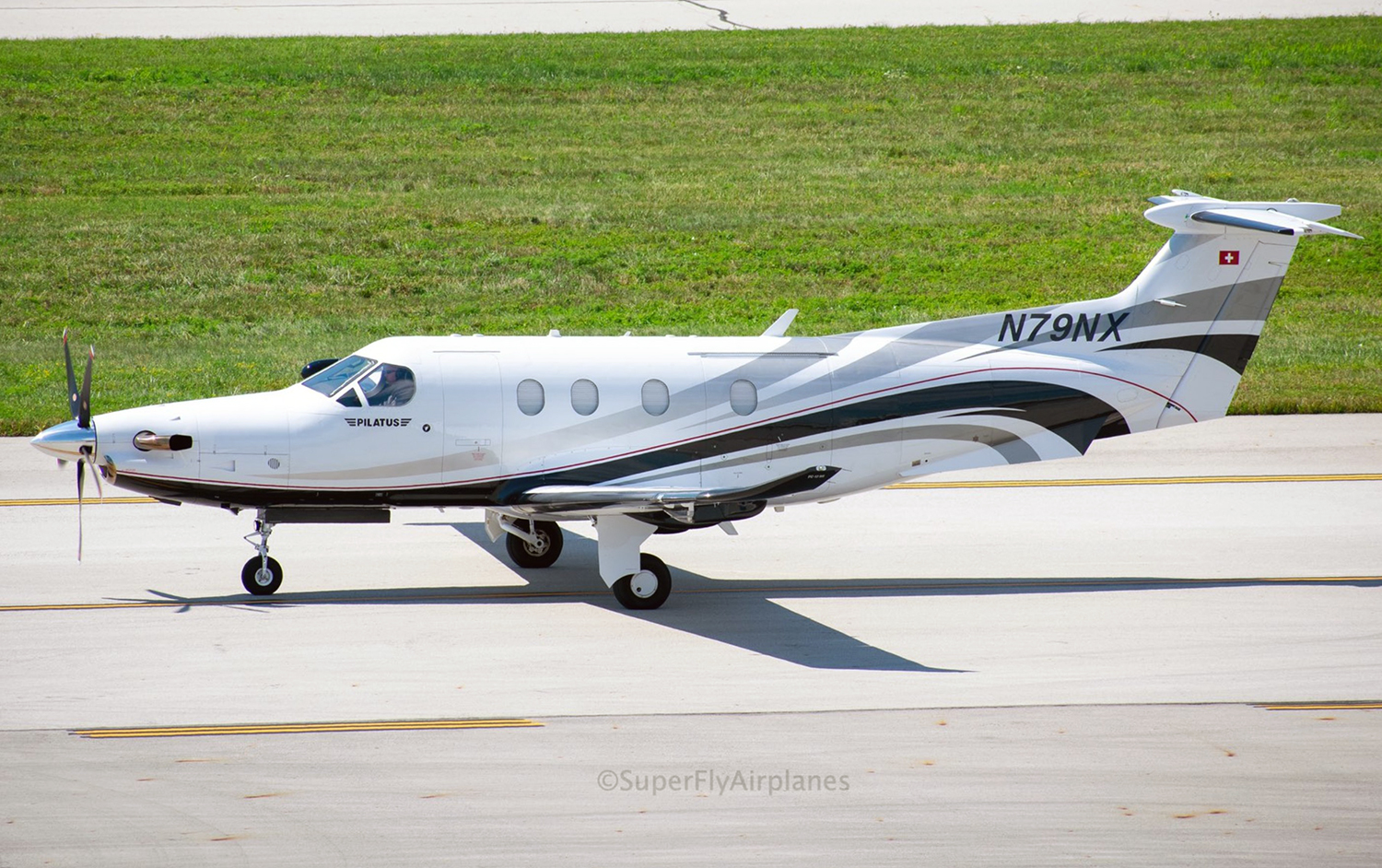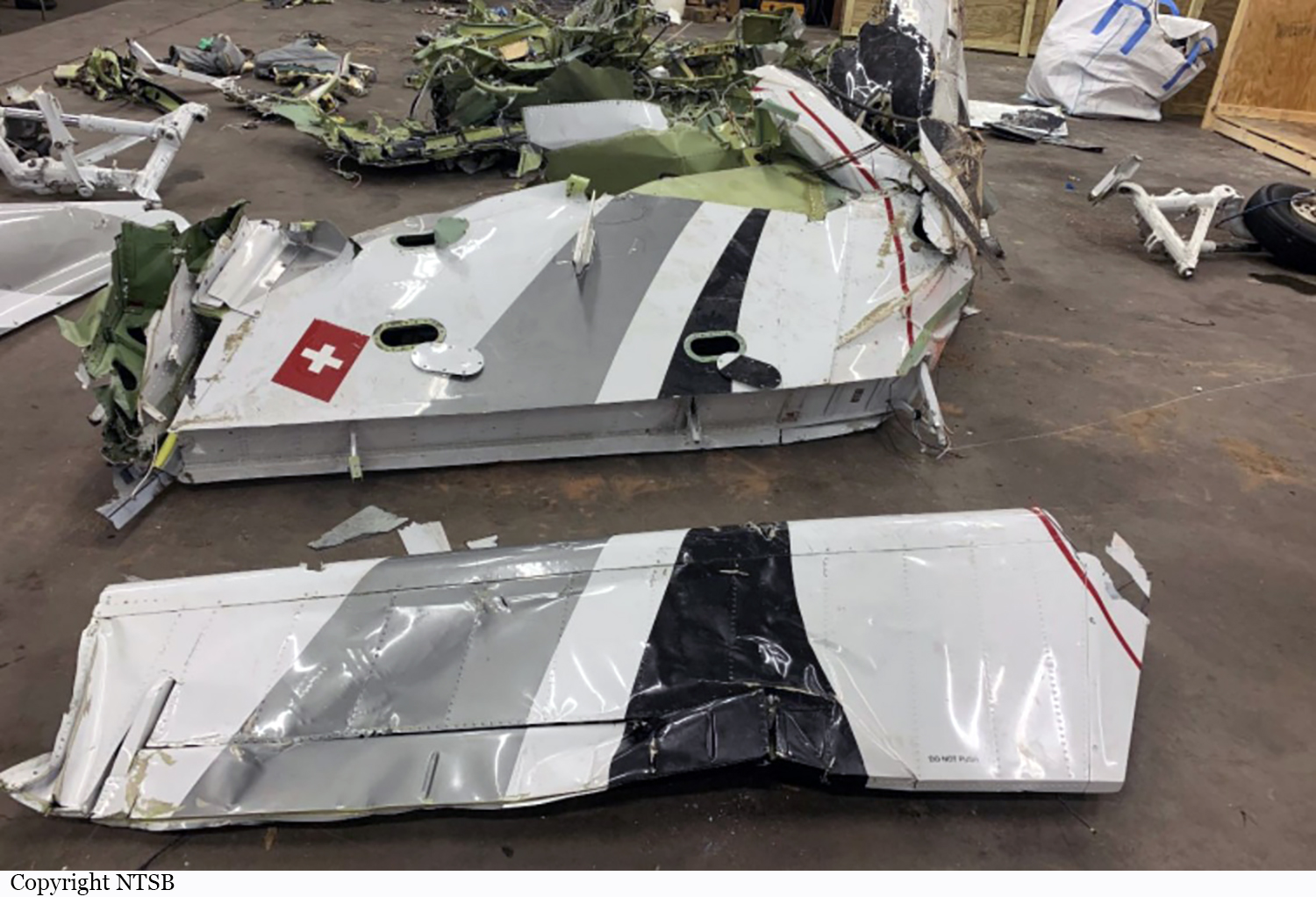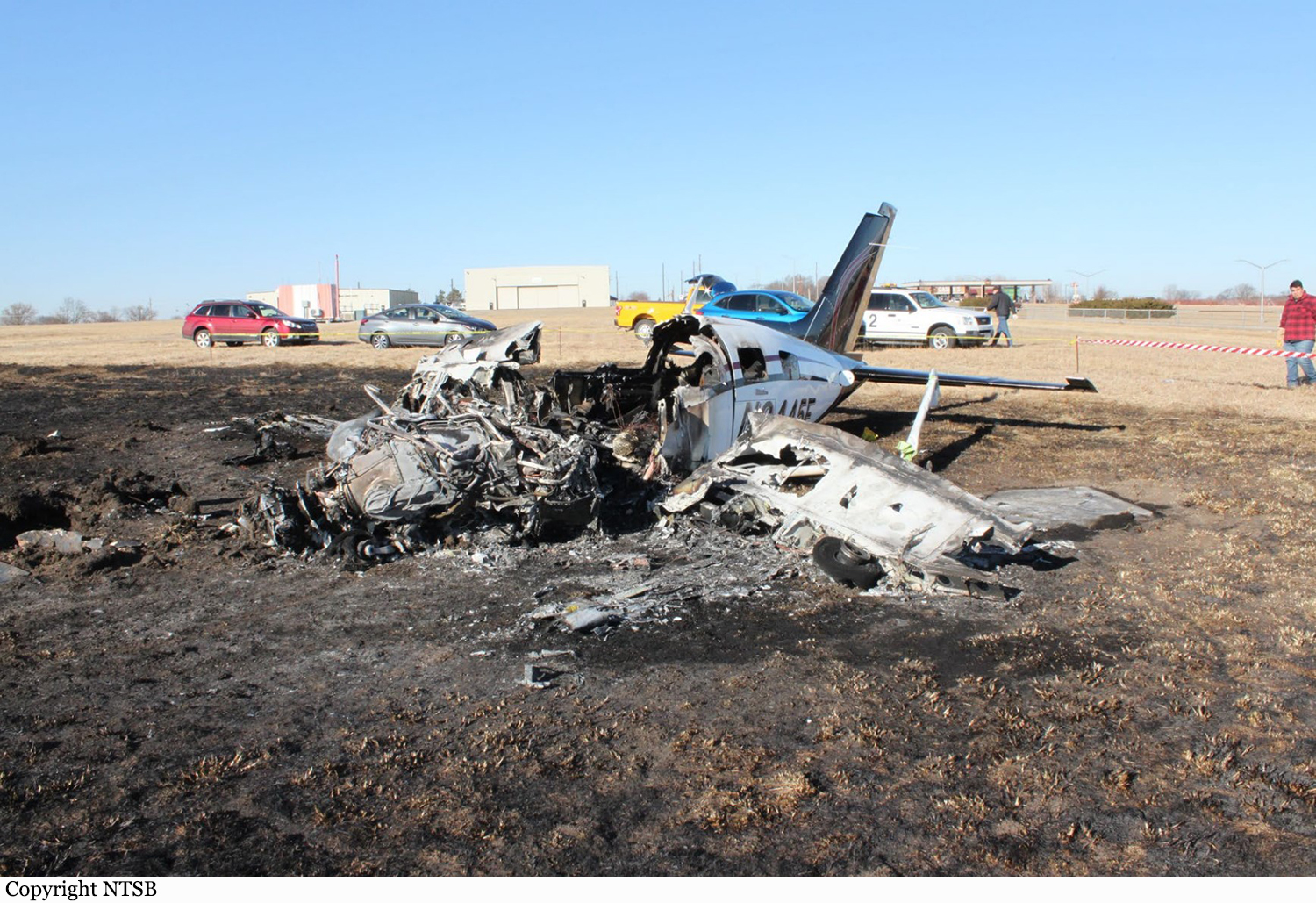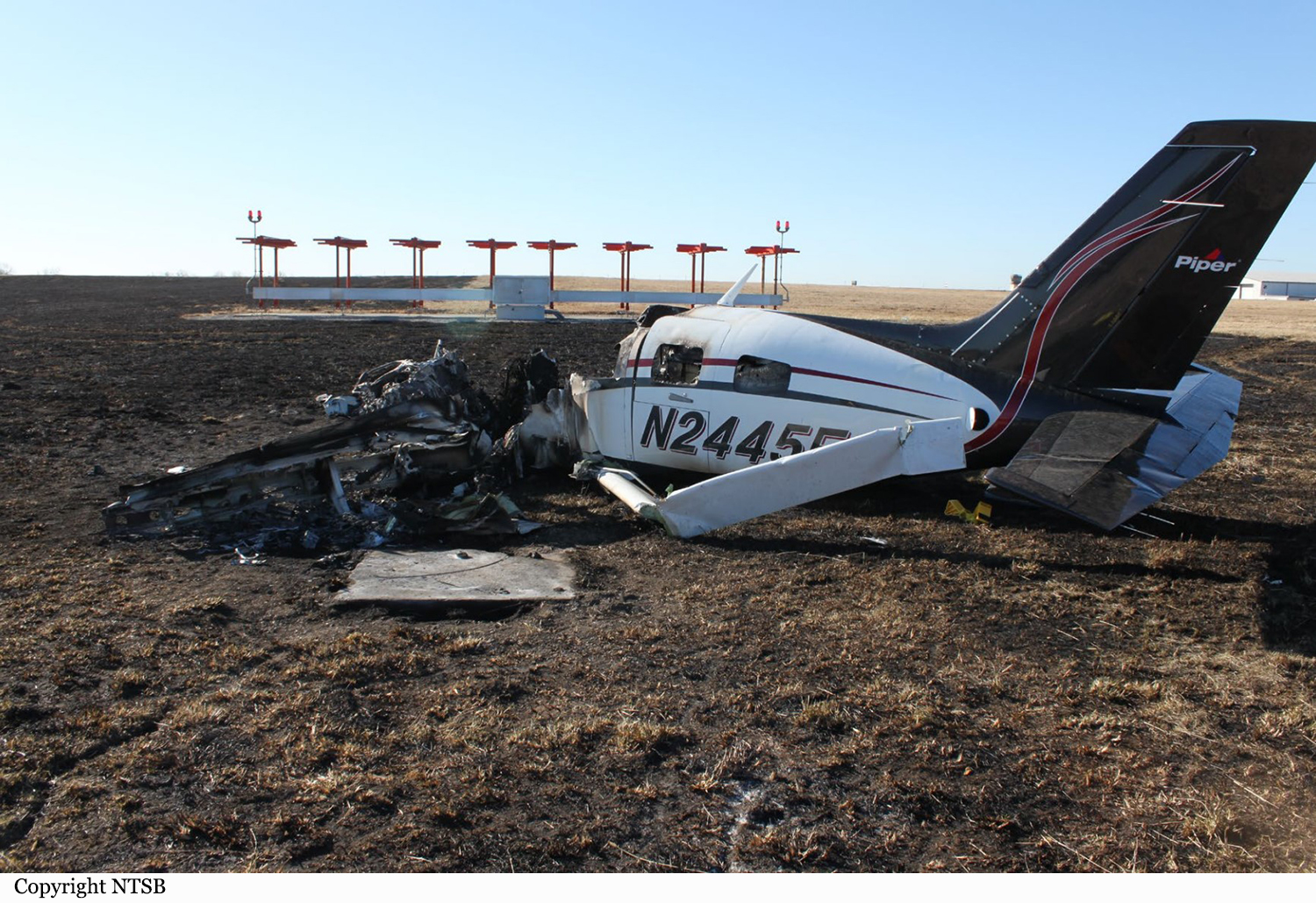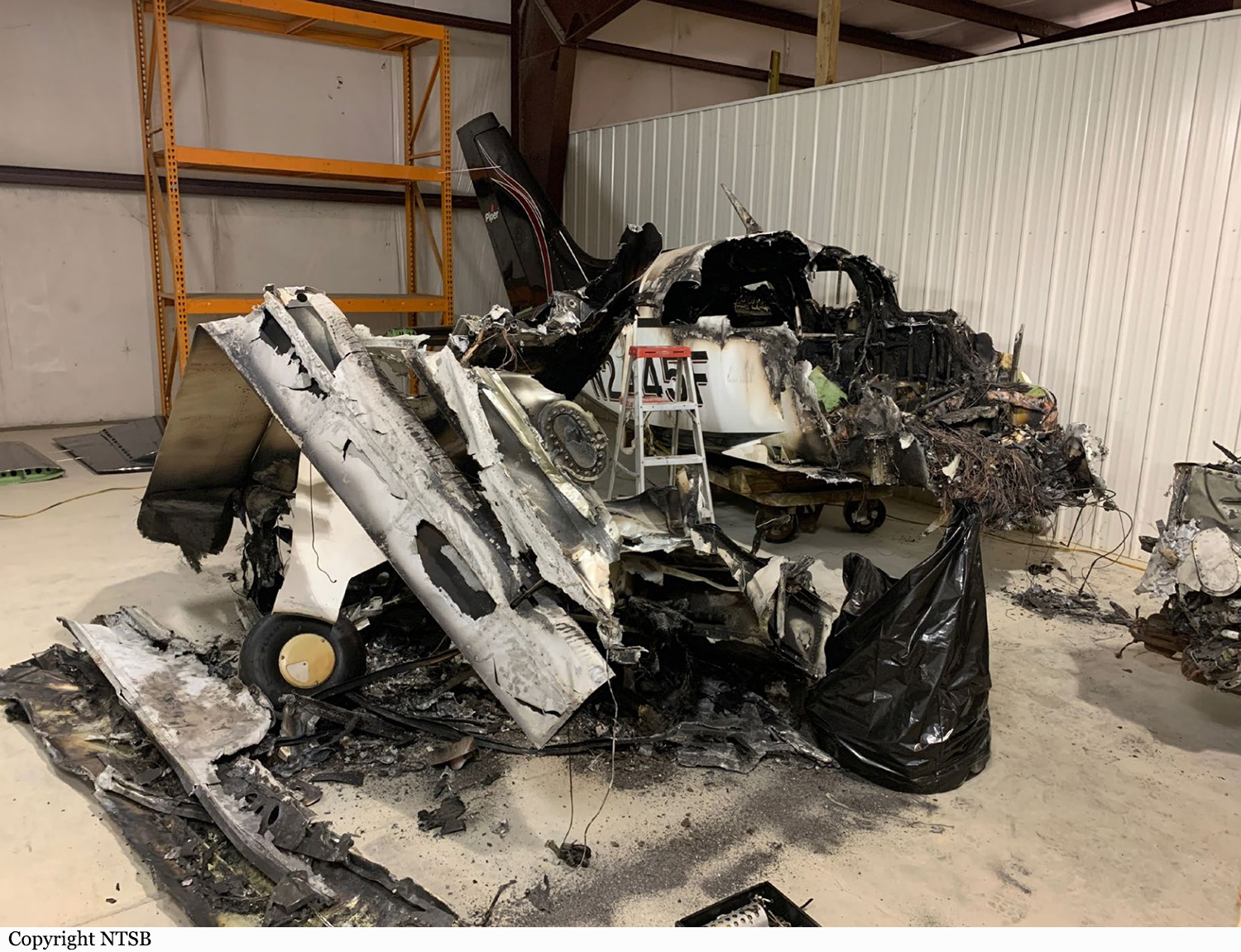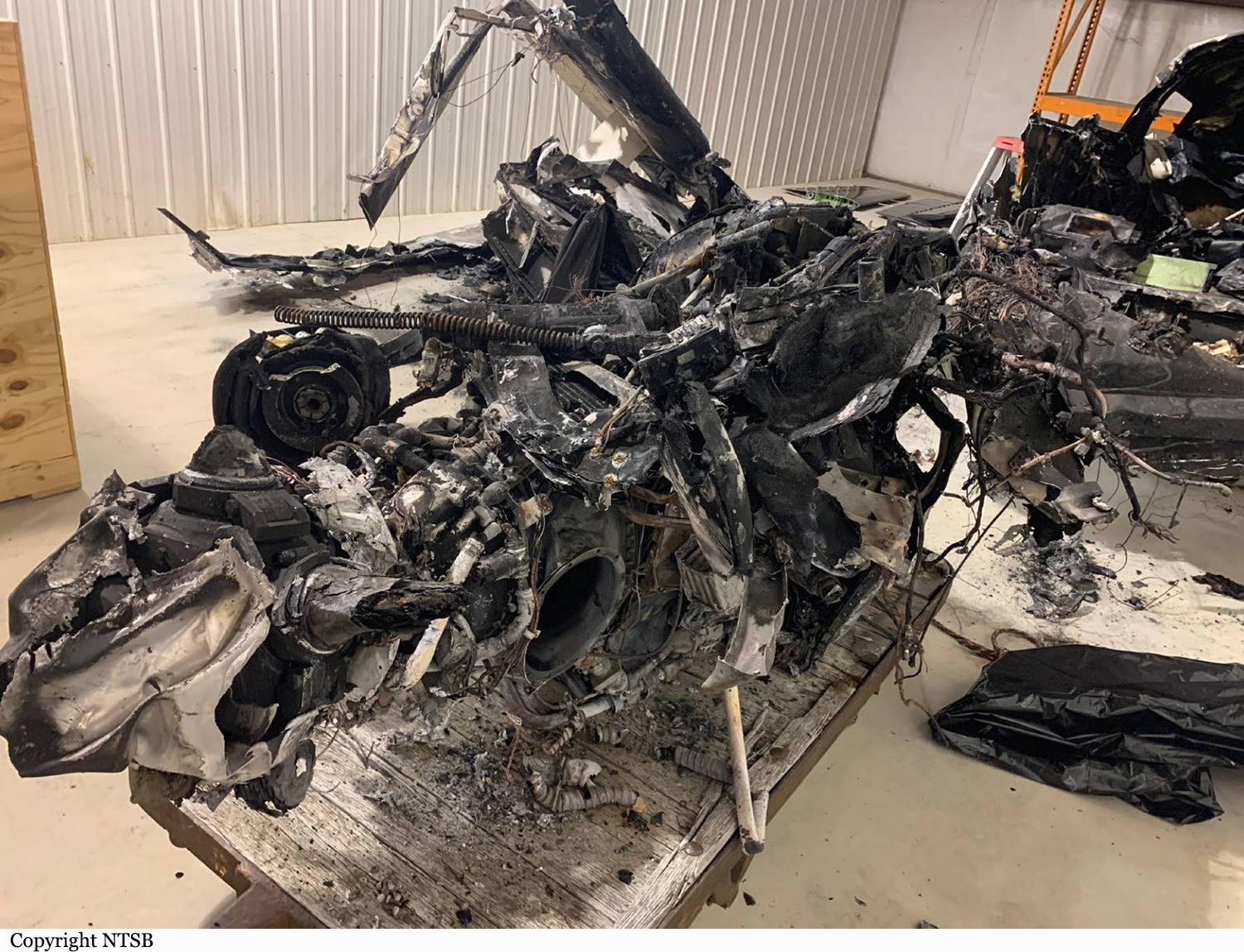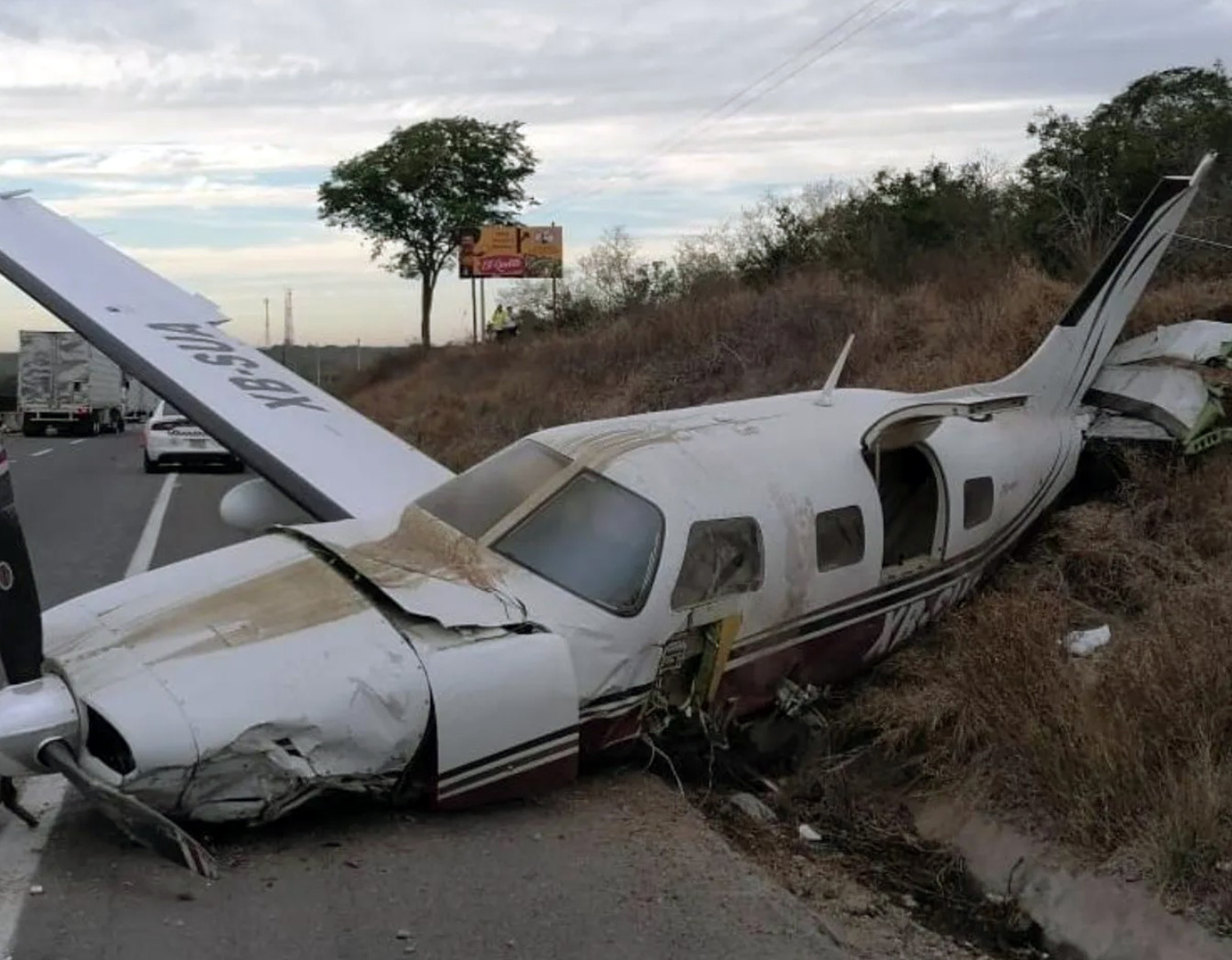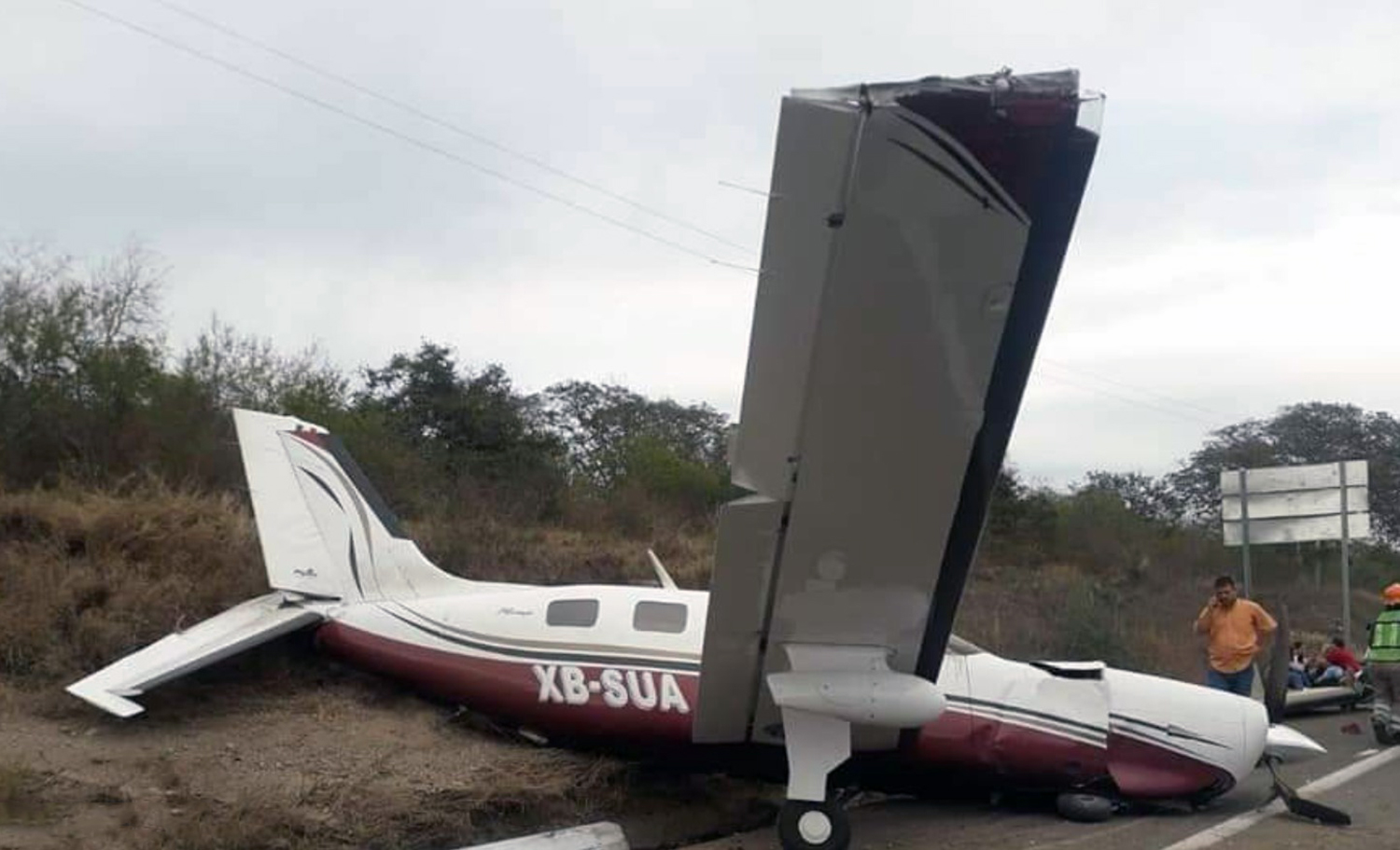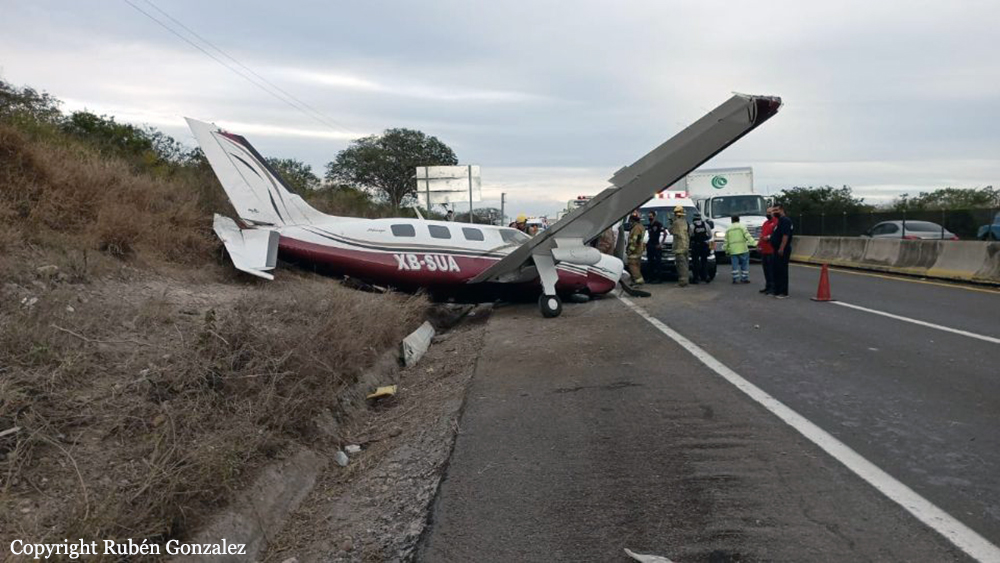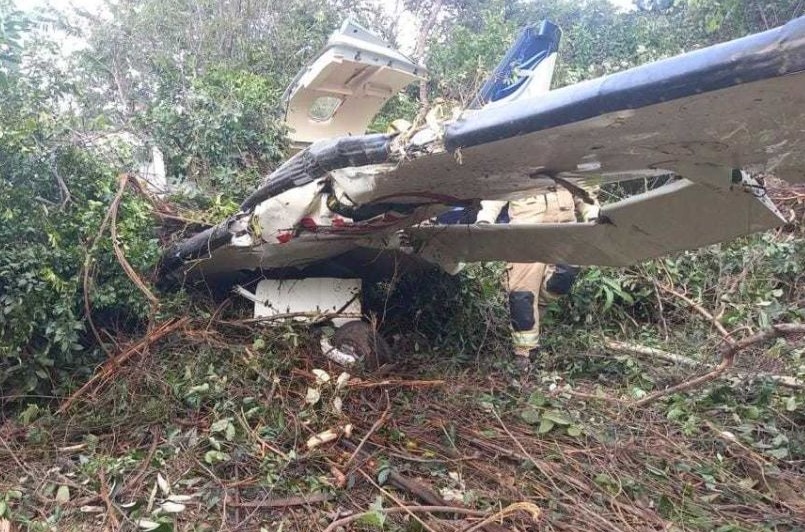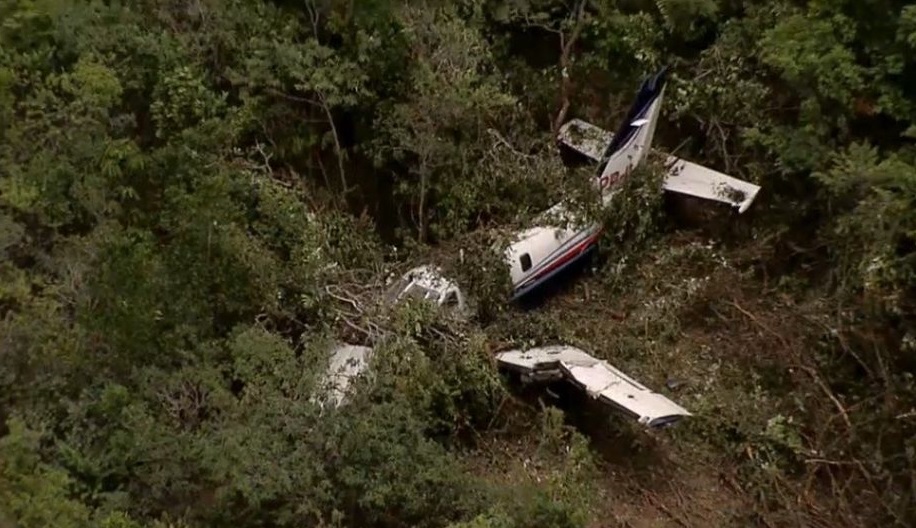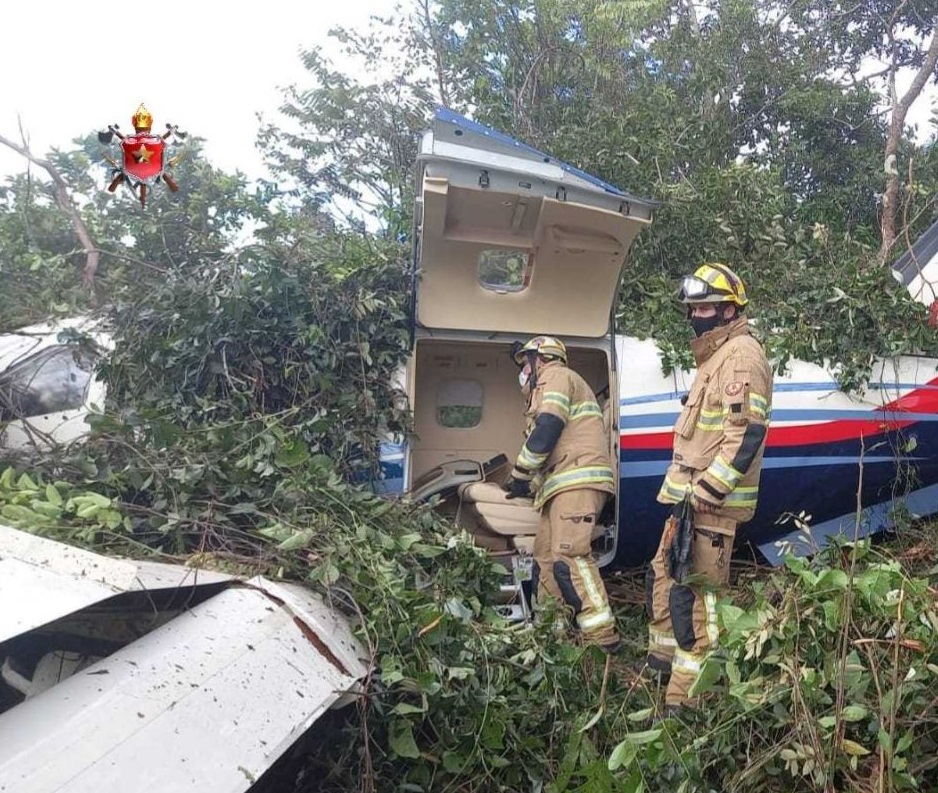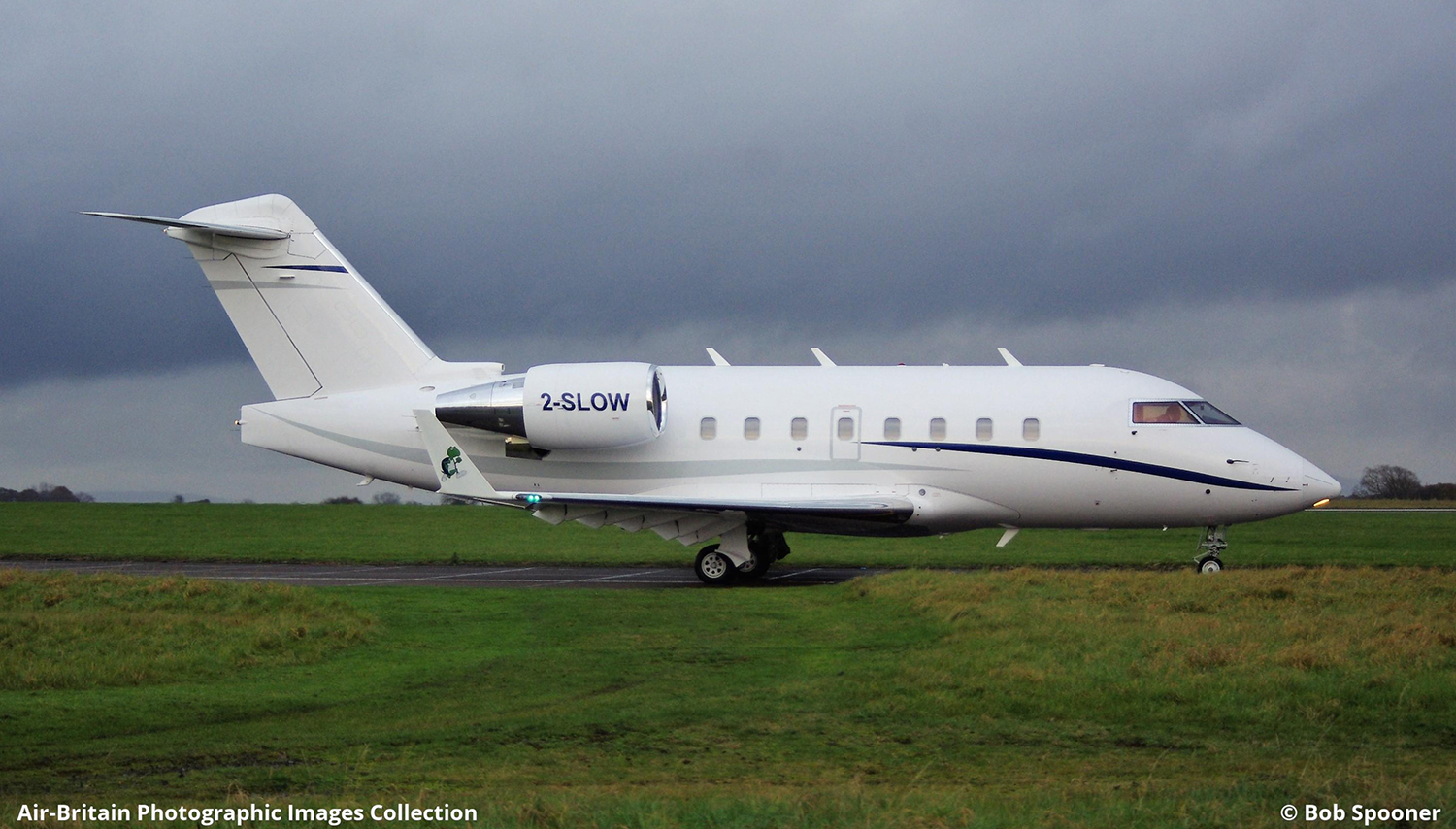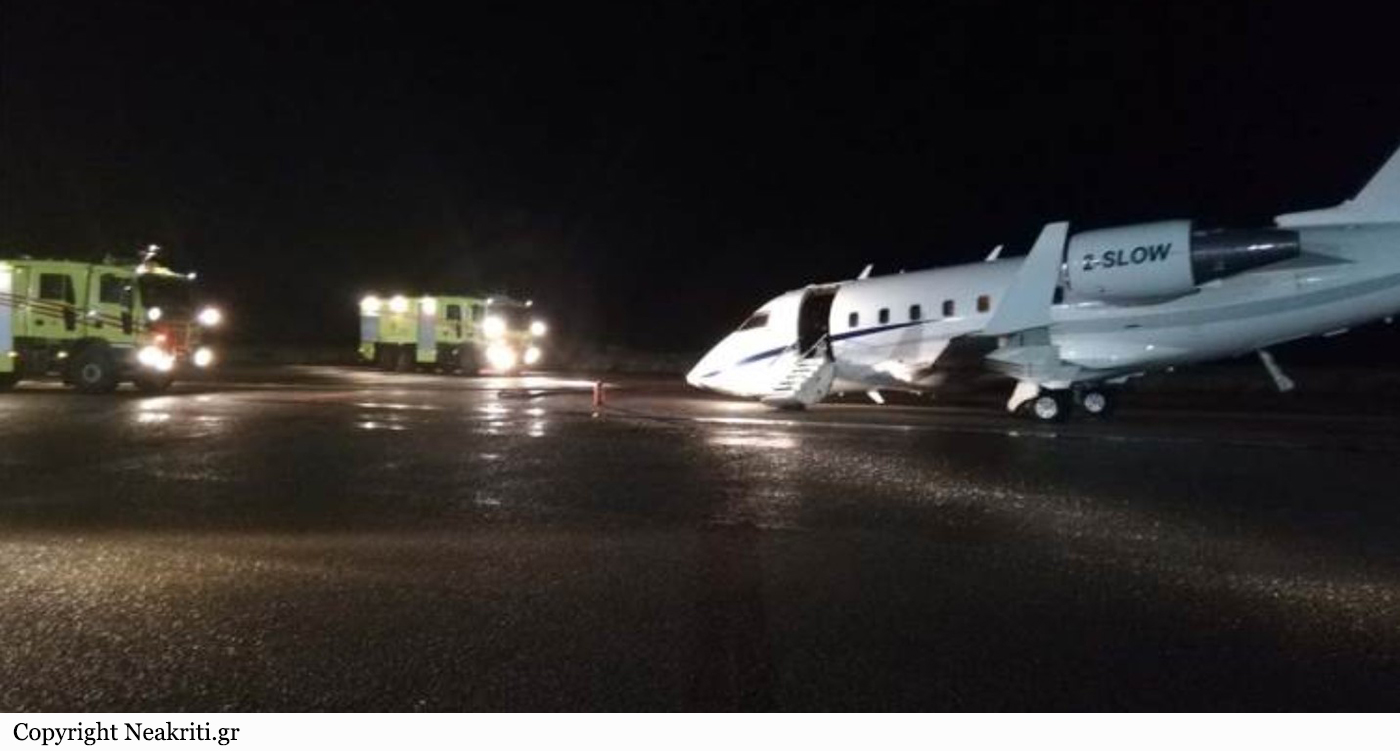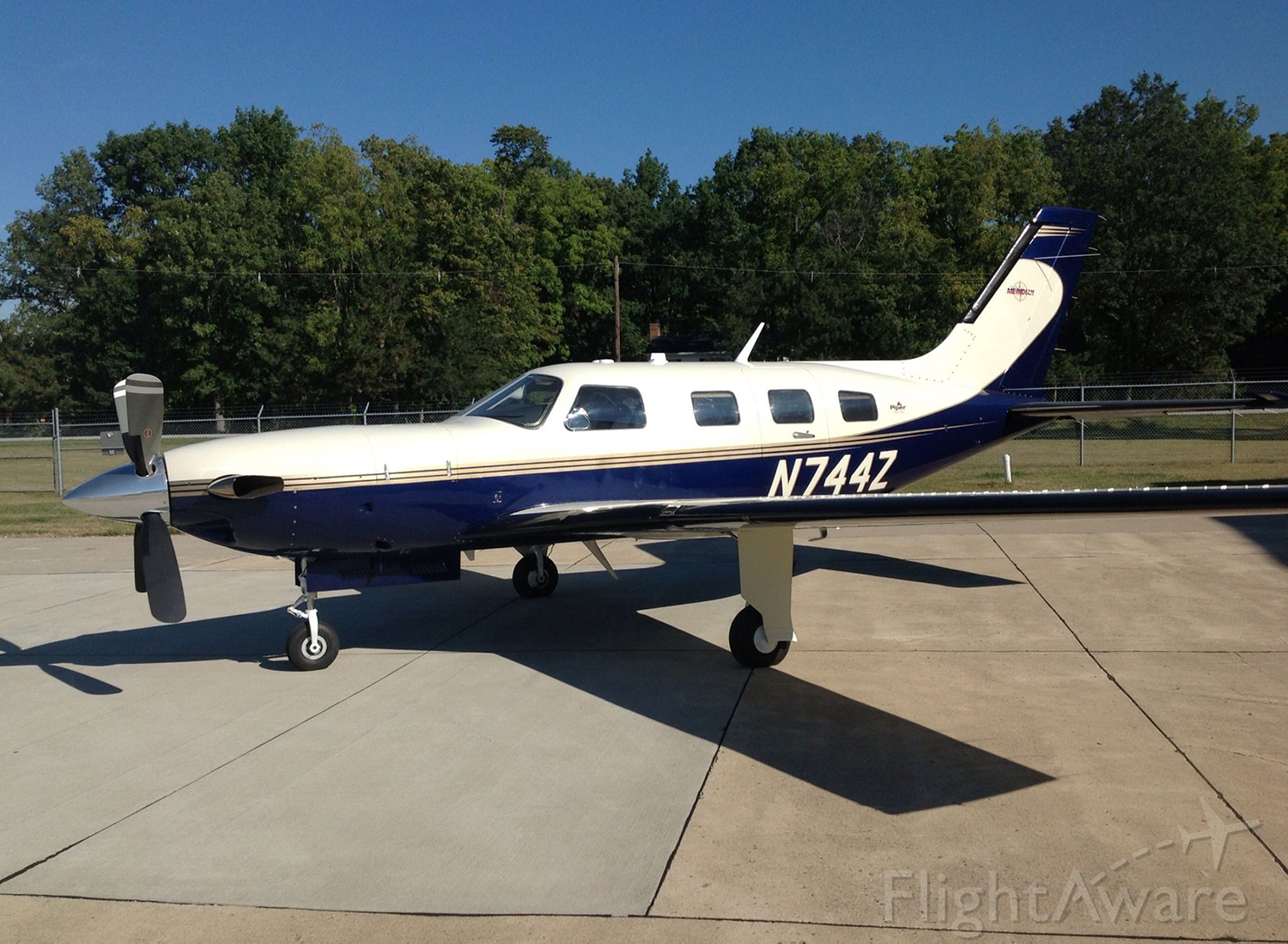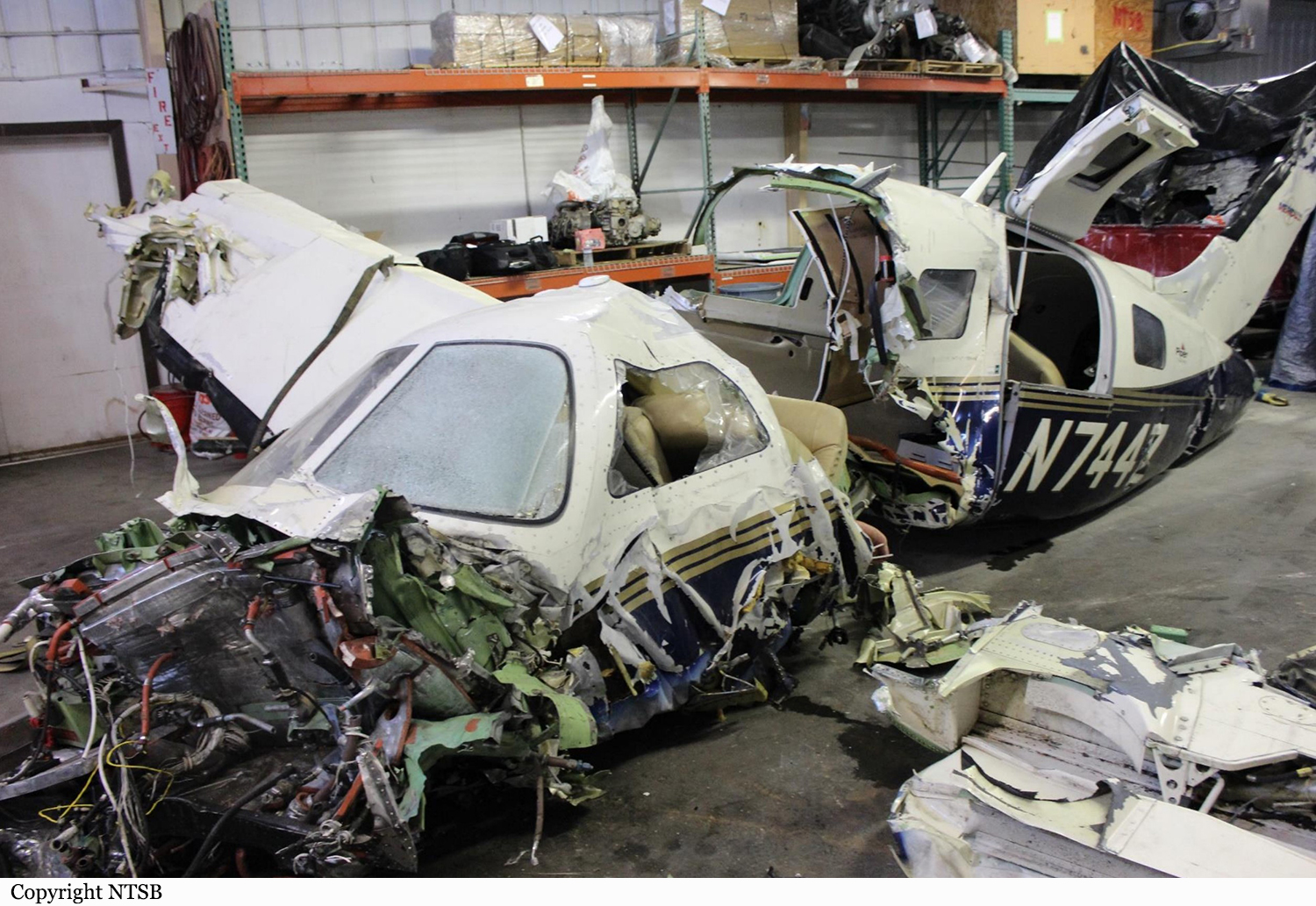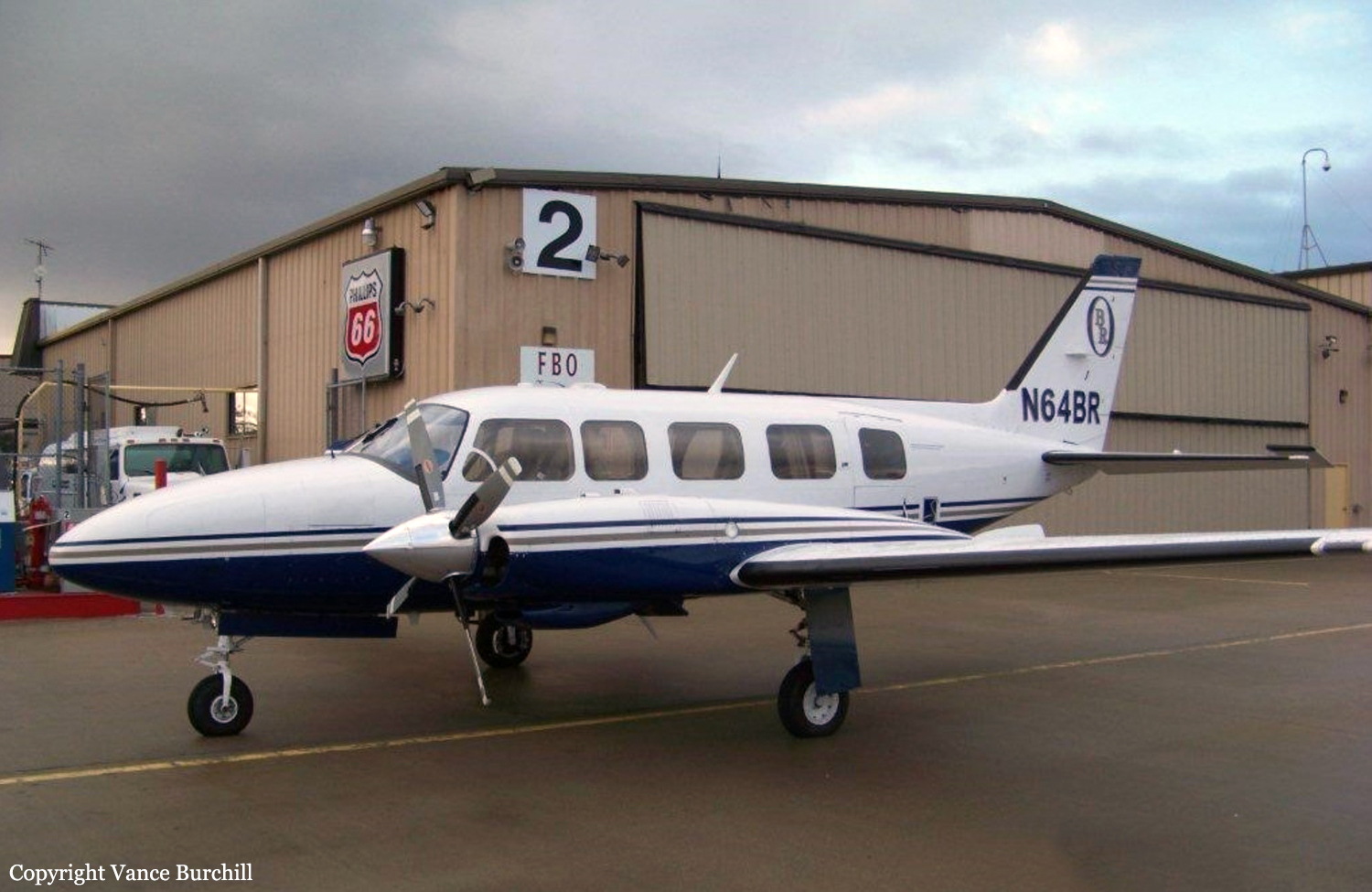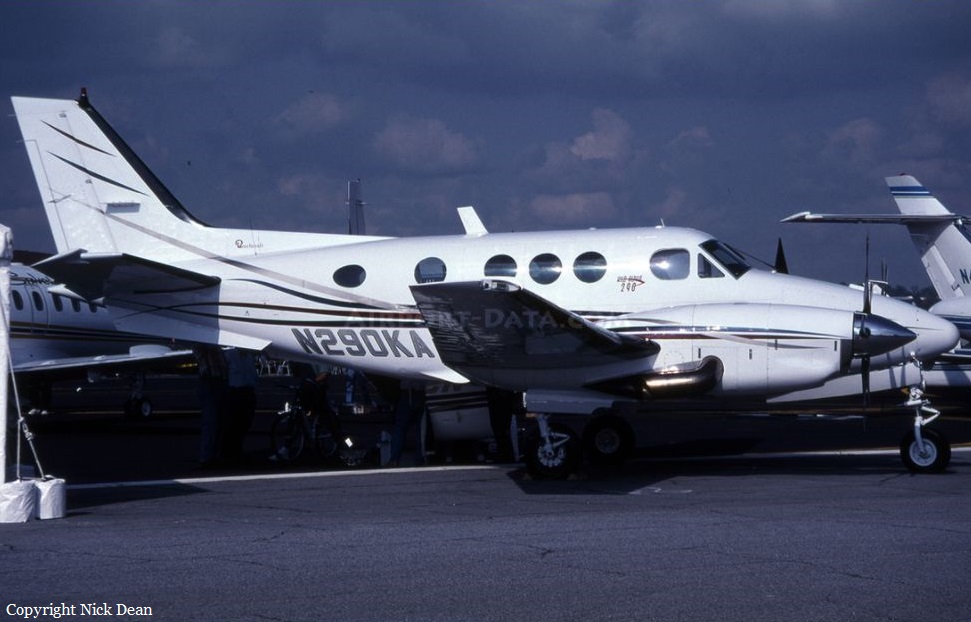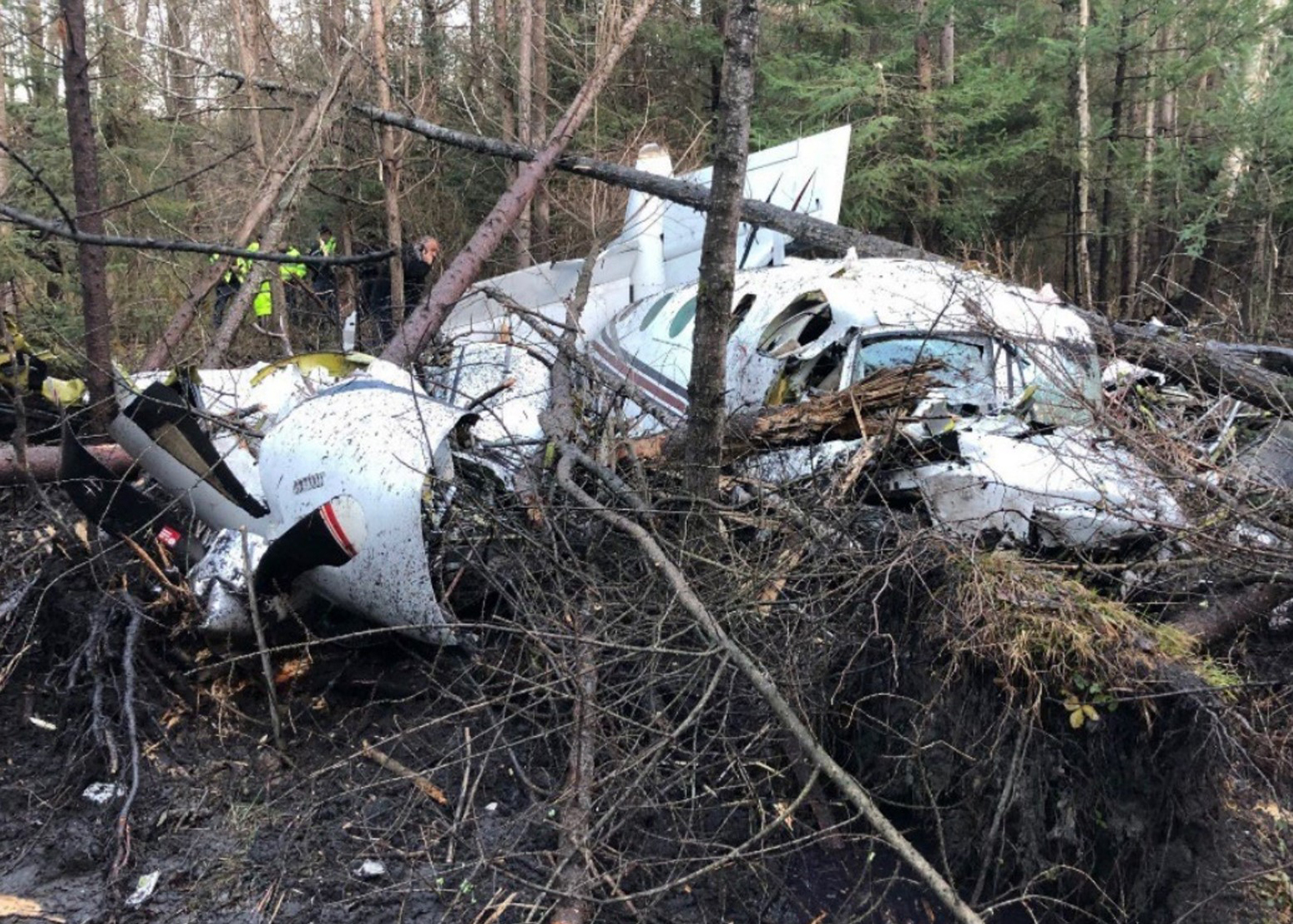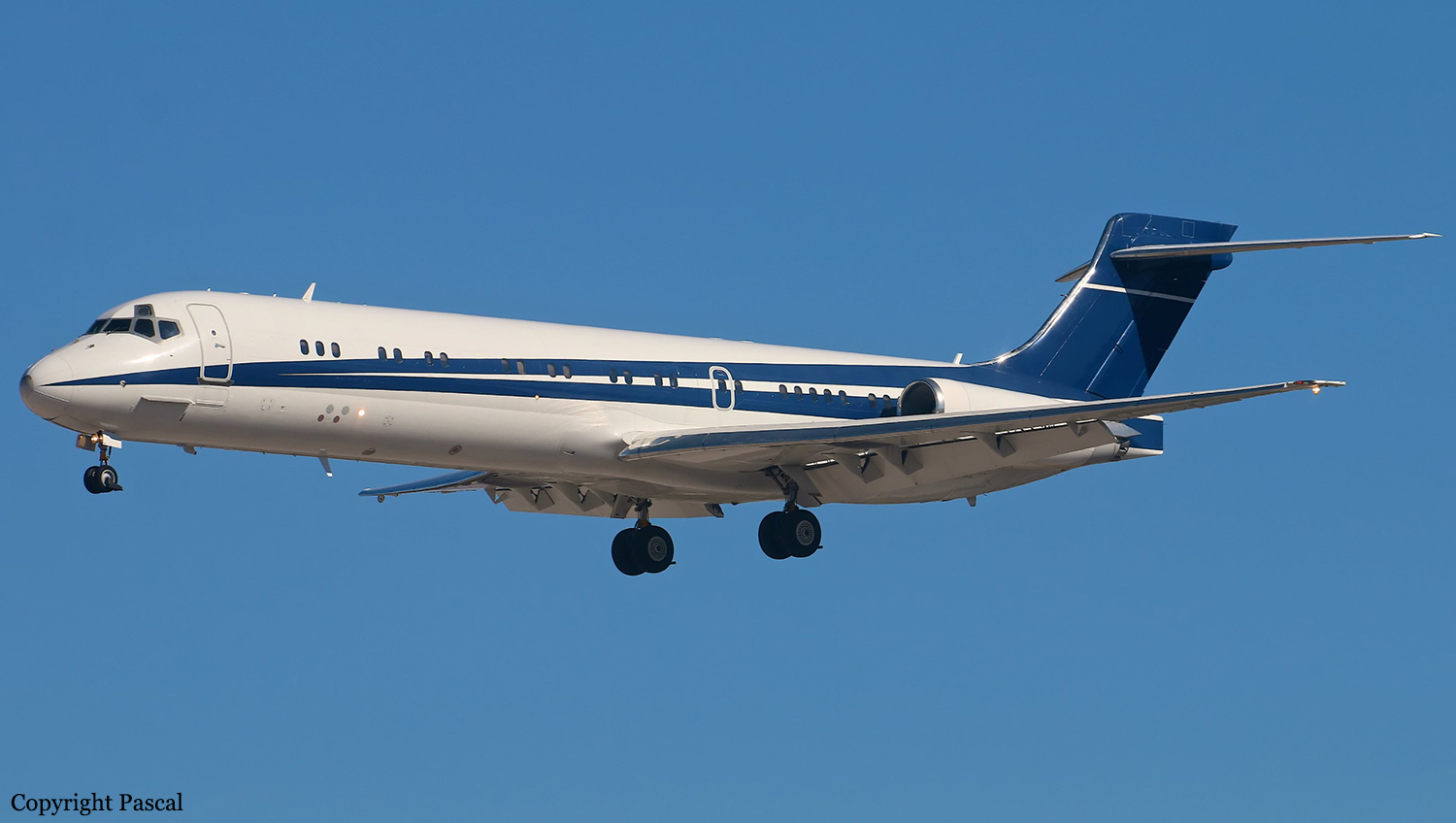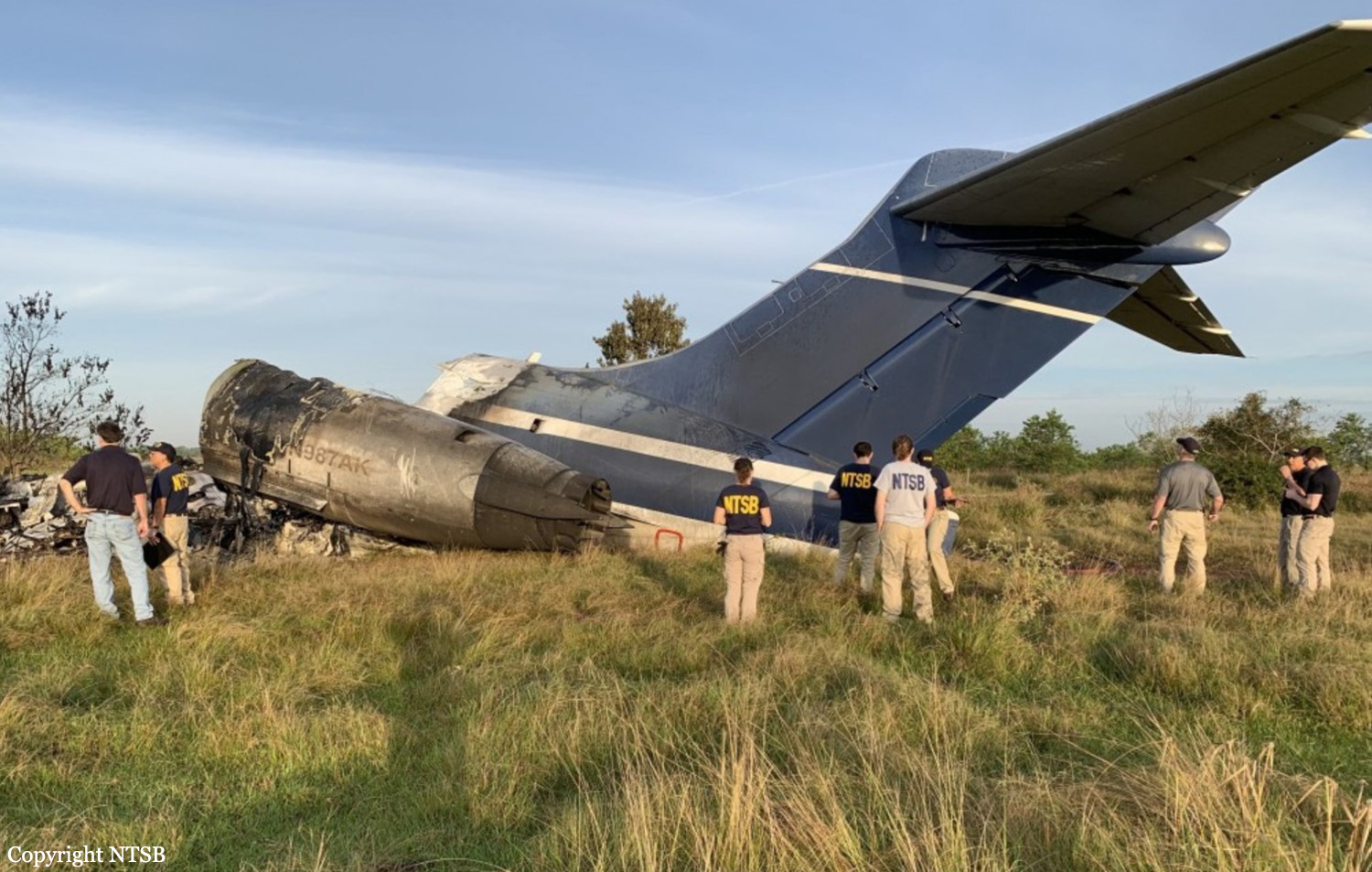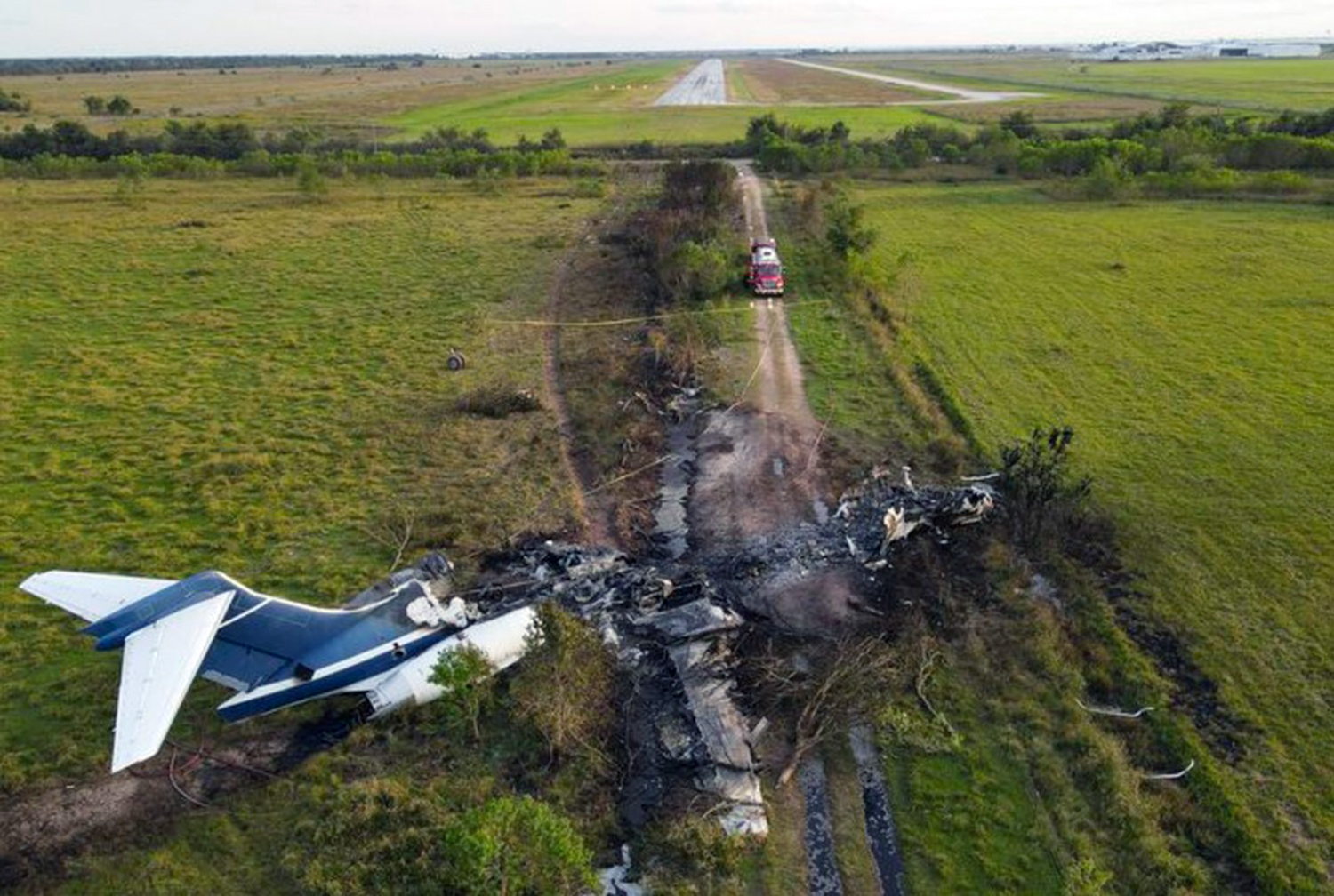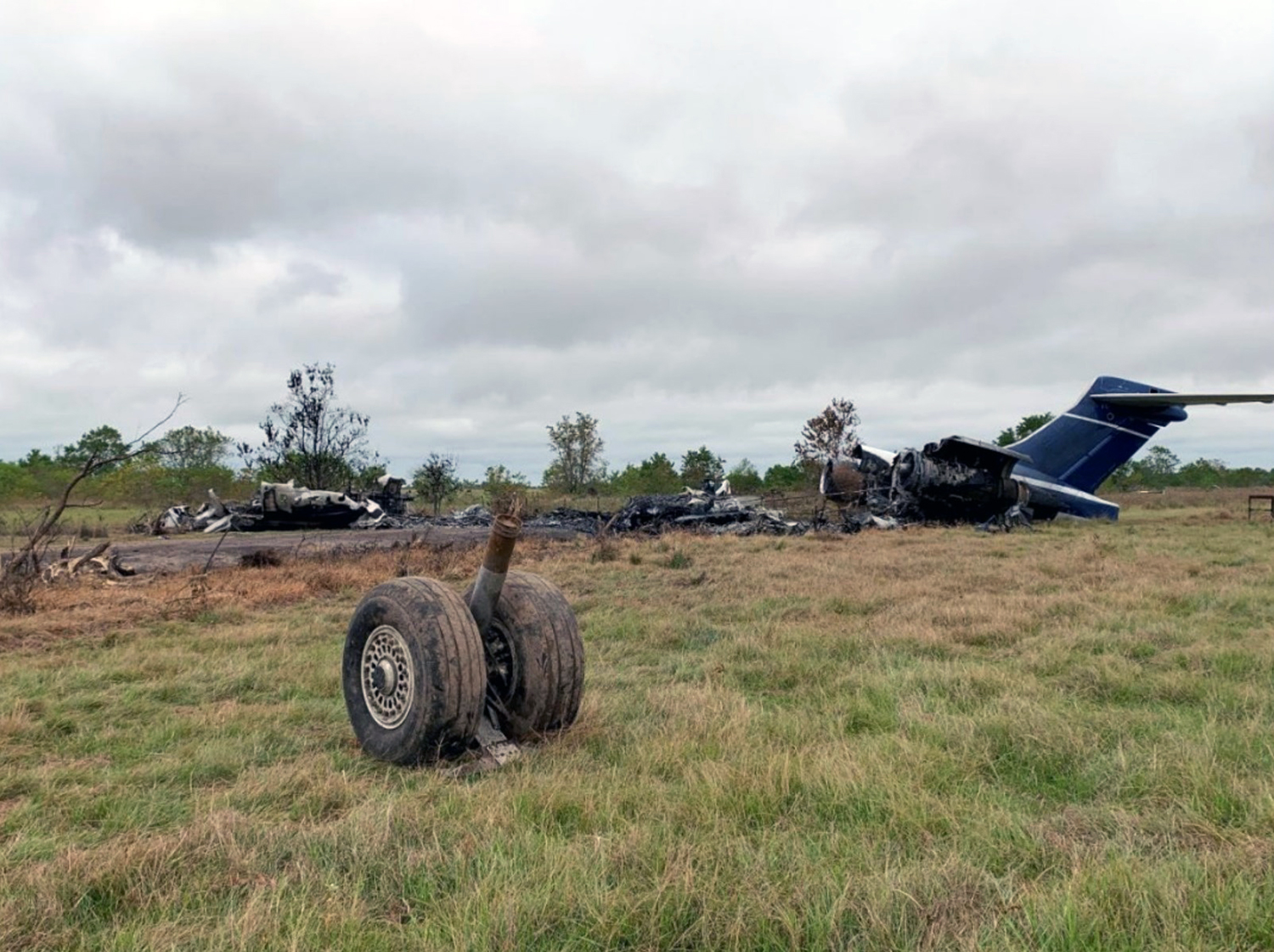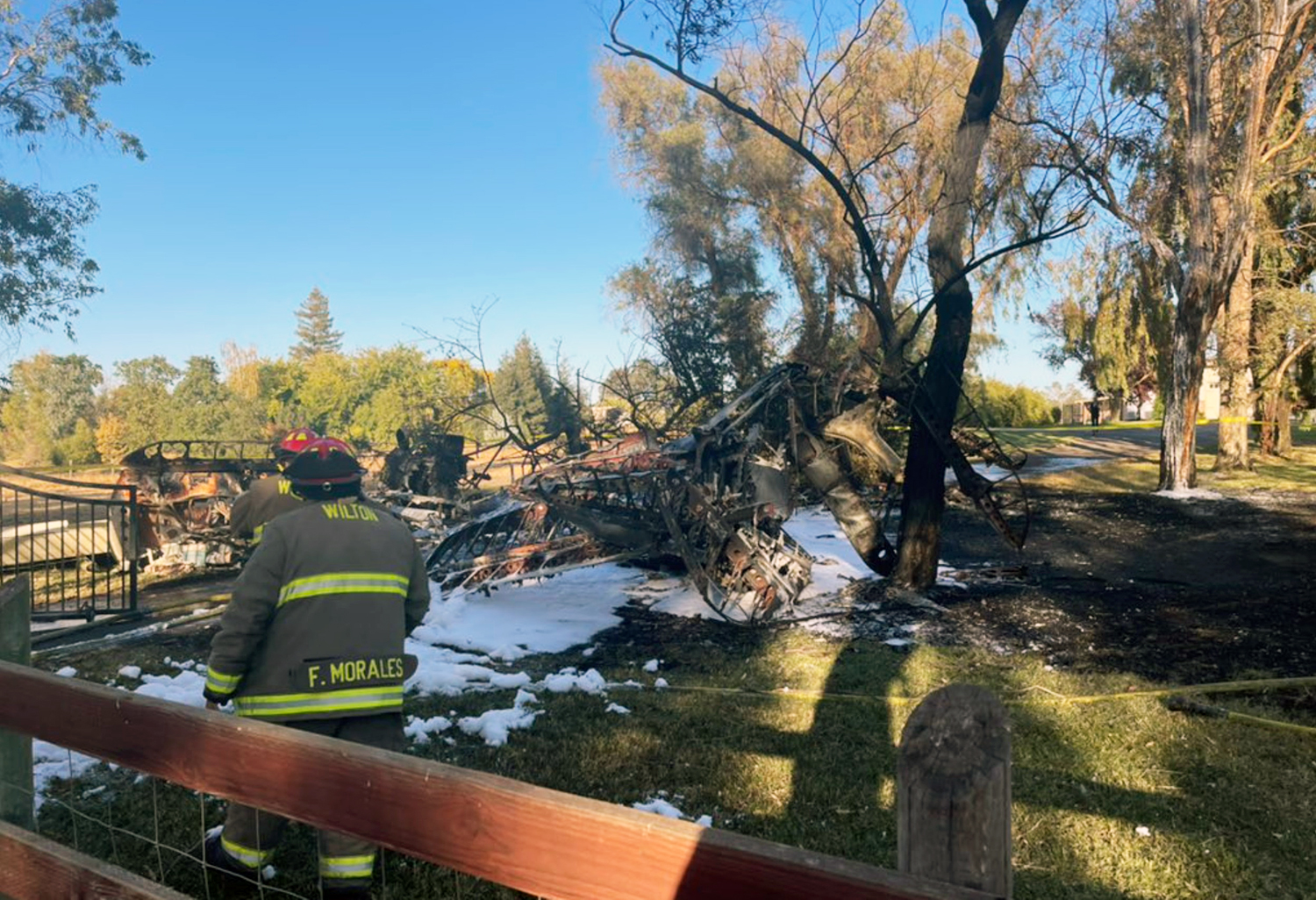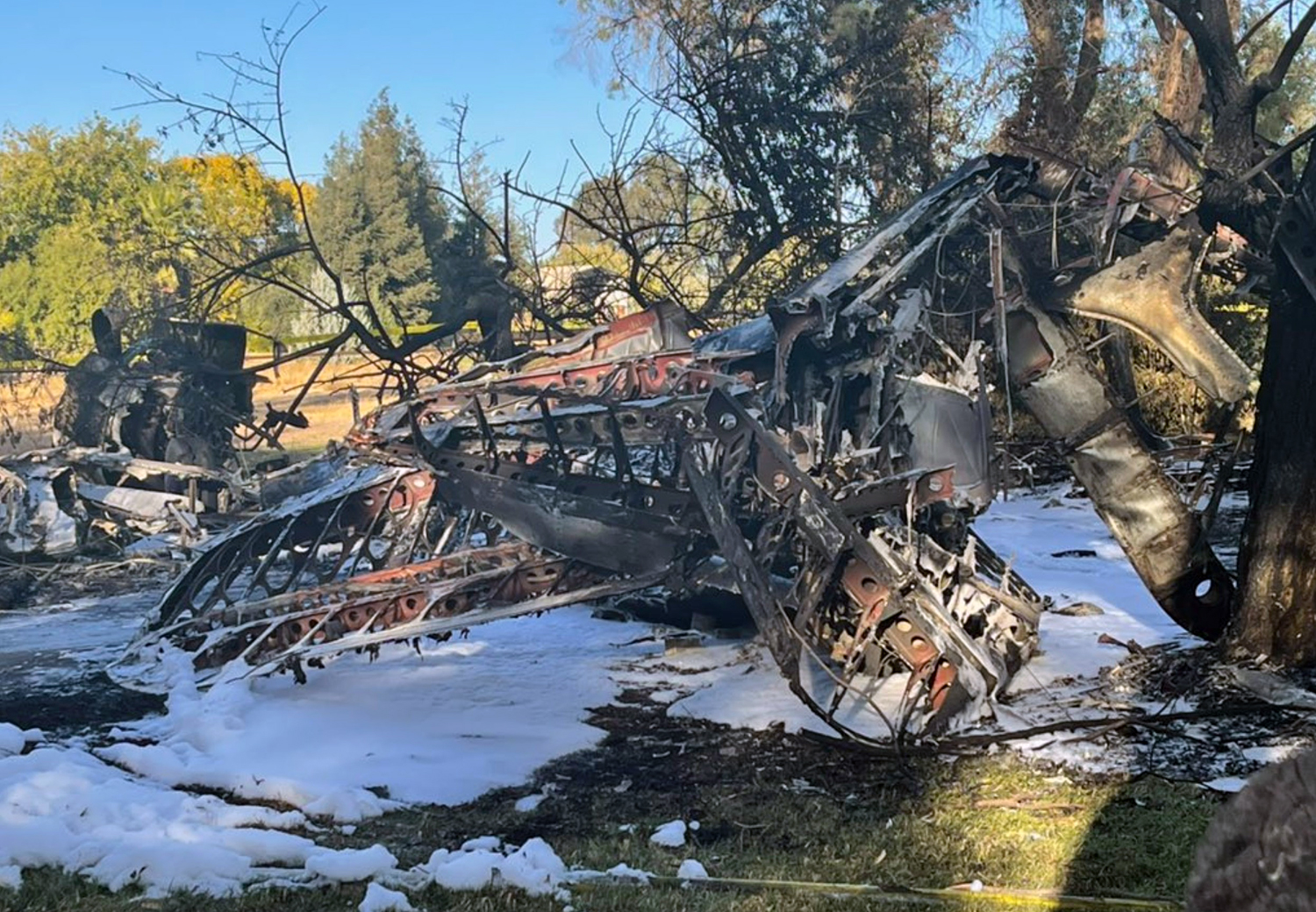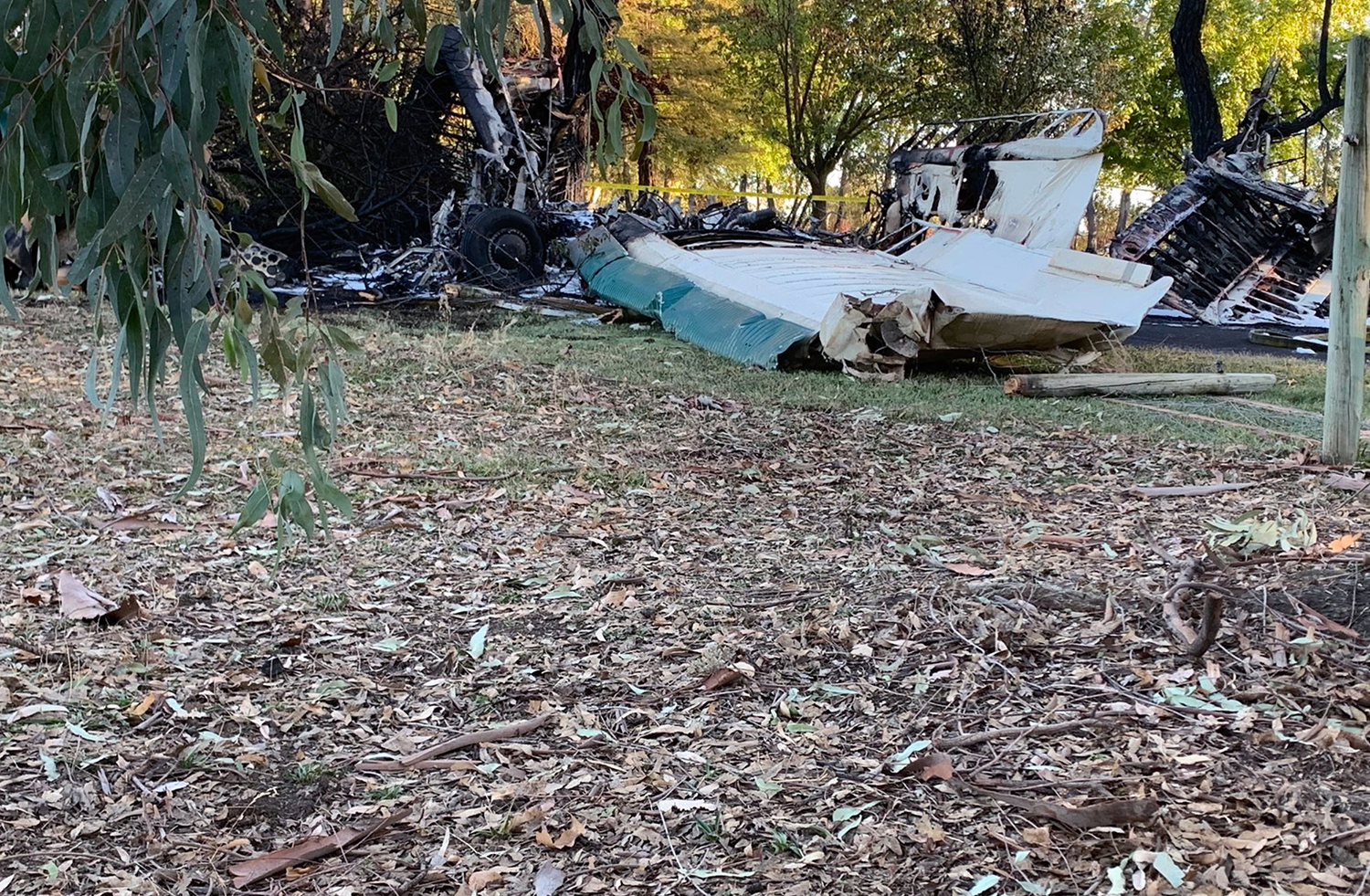Crash of a Pilatus PC-12/47E off Beaufort: 8 killed
Date & Time:
Feb 13, 2022 at 1402 LT
Registration:
N79NX
Survivors:
No
Schedule:
Engelhard - Beaufort
MSN:
1709
YOM:
2017
Crew on board:
2
Crew fatalities:
Pax on board:
6
Pax fatalities:
Other fatalities:
Total fatalities:
8
Copilot / Total hours on type:
21
Aircraft flight hours:
1367
Circumstances:
Before departing on the flight, the pilot of the turbo-propeller-equipped, single-engine airplane and student pilot-rated passenger seated in the right front seat of the airplane attempted to enter a flight plan into the airplane’s integrated flight management system. They ultimately did not complete this task prior to takeoff with the pilot remarking, “we’ll get to it later.” The pilot subsequently departed and climbed into instrument meteorological conditions (IMC) without an instrument flight rules (IFR) flight plan. After entering IMC, he contacted air traffic control and asked for visual flight rules (VFR) flight following services and an IFR clearance to the destination airport. From shortly after when the airplane leveled after takeoff through the final seconds of the flight, the pilot attempted to program, delete, reprogram, and activate a flight plan into the airplane’s flight management system as evidenced by his comments recorded on the airplane’s cockpit voice recorder (CVR). After departing, the pilot also attempted to navigate around restricted airspace that the airplane had flown into. The CVR audio showed that during the final 10 minutes of the flight, the pilot was unsure of the spelling of the fix he should have been navigating to in order to begin the instrument approach at the destination airport, and more generally expressed frustration and confusion while attempting to program the integrated flight management system. As the pilot continued to fixate on programming the airplane’s flight management system and change the altimeter setting, the airplane’s pitch attitude increased to 10° nose up, while the airspeed had decayed to 109 knots. As a result of his inattention to this airspeed decay, the stall warning system activated and the autopilot disconnected. During this time the airplane began climbing and turning to the right and then to the left before entering a steep descending right turn that continued until the airplane impacted the ocean. For the final 2 and 1/2 minutes of the flight, the pilot was provided with stall warnings, stick shaker activations, autopilot disconnect warnings, and terrain avoidance warning system alerts. The airplane impacted the ocean about 3 miles from the coast. Examination of the recovered sections of the airplane did not reveal evidence of any mechanical failures or malfunctions of the airframe or engine that would have precluded normal operation. The instrument meteorological conditions present in the area at the time of the accident were conducive to the development of spatial disorientation. The airplane’s erratic flight track in the final 2 minutes of flight, culminating in the final rapidly descending right turn, were consistent with the known effects of spatial disorientation. It is likely that the pilot’s inadequate preflight planning, and his subsequent distraction while he unsuccessfully attempted to program the airplane’s flight management system during the flight resulted in his failure to adequately monitor the airplane’s speed. This led to the activation of the airplane’s stall protection and warning systems as the airplane approached and entered an aerodynamic stall. The resulting sudden deactivation of the autopilot, combined with his inattention to the airplane’s flight attitude and speed, likely surprised the pilot. Ultimately, the pilot failed to regain control of the airplane following the aerodynamic stall, likely due to spatial disorientation. The pilot had a history of mantle cell lymphoma that was in remission and his maintenance treatment with a rituximab infusion was over 60 days prior to the accident. The pilot also had a history of back pain and had received steroid injections and nonsteroidal anti-inflammatory drugs. By self-report, he had taken oxycodone for pain management; it is unknown how frequently he used this medication or if he had used the medication on the day of the accident. While oxycodone can result in fatigue and dizziness, and may interfere with reaction time, given the information from the CVR, it could not be determined if the pilot had these side effects. A few weeks prior to the accident, the pilot reported having COVID-19 and receiving a 5-day treatment course of hydroxychloroquine and ivermectin. While there are some impairing side effects associated with the use of those medications, enough time had elapsed that no adverse effects would be expected. There is an increased risk of a sudden incapacitating cardiovascular event such as a dysrhythmia, stroke, or pulmonary embolism in people who have recovered from their COVID-19 infection. The risk is slight for those not hospitalized for the infection. The pilot did not have an underlying cardiovascular disease that would pose an increased risk for a sudden incapacitating event and the CVR did not provide evidence of a sudden incapacitating event occurring. Thus, it could not be determined if the pilot’s medical conditions of mantle cell lymphoma, back pain, and recent history of COVID-19 and the medications used to treat these conditions, including rituximab, oxycodone, hydroxychloroquine, and ivermectin, were contributing factors to this accident.
Probable cause:
The pilot’s inadequate preflight planning, inadequate inflight monitoring of the airplane’s flight parameters, and his failure to regain control of the airplane following entry into an inadvertent aerodynamic stall. The pilot’s likely spatial disorientation following the aerodynamic stall also contributed to the outcome.
Final Report:
